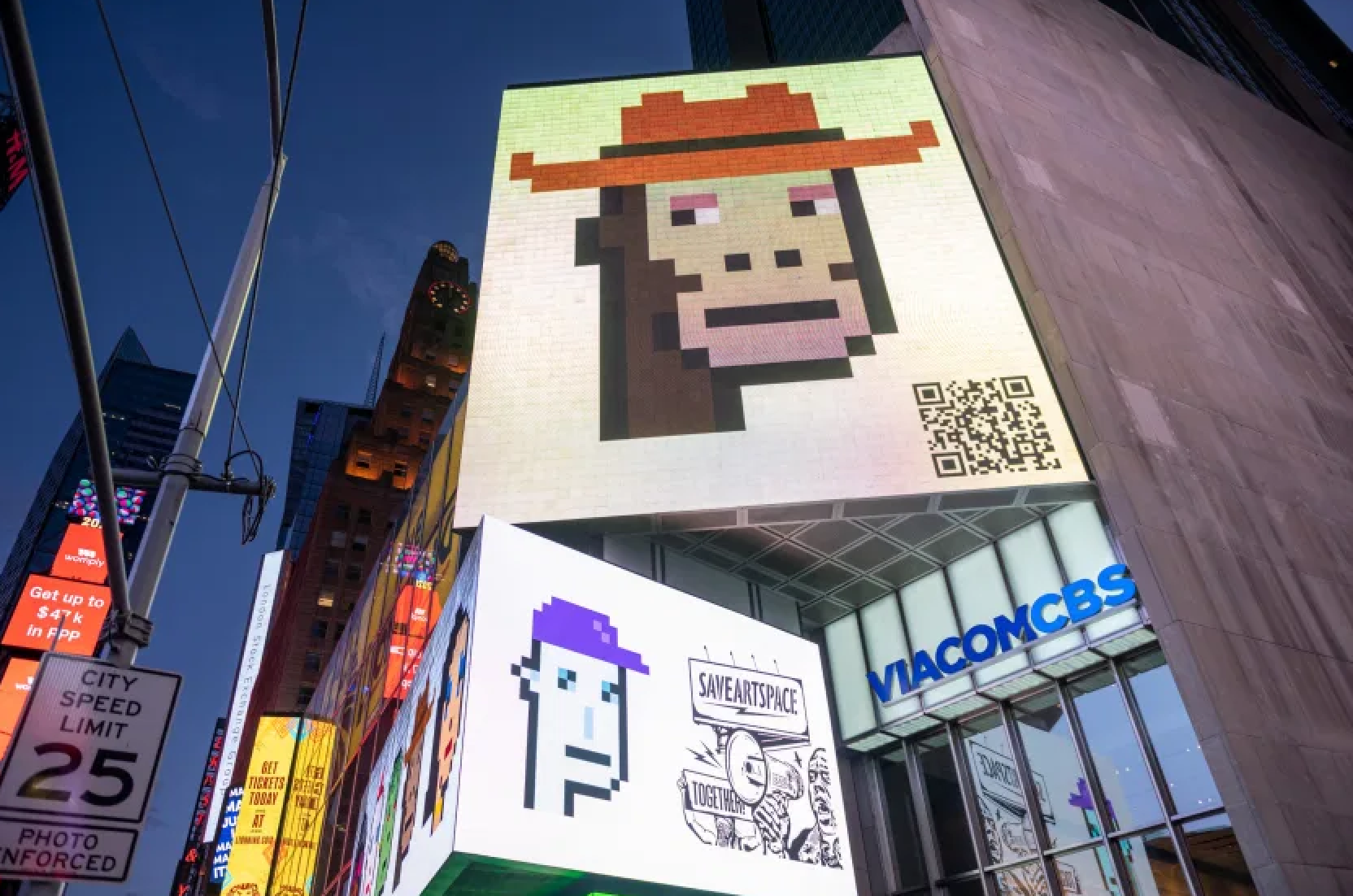As more and more institutional money is invested into NFTs, issues that may have been ignored in a niche industry are suddenly becoming important in a multibillion-dollar industry. In the NFT sphere, one previously ignored issue is intellectual property (“IP”) law. Even in the decentralized world of NFTs, copyright laws apply, and investors should understand their importance prior to investing.
The United States Copyright Office put out a summary of its basic rules, which is worth a read for any would-be NFT investor. Generally, any original work of authorship, be it music, paintings, books, or any other even minimally creative tangible work, is protected under federal law. While the copyright on art exists automatically as soon as that art is “fixed,” that art needs to be registered with the U.S. Copyright Office to be legally protected (i.e., for the IP rights holder to be able to sue for infringement damages). The copyright and all associated IP rights belong to the creator of the work, but some or all of those rights can be assigned or transferred to any subsequent purchaser of the work.
One advantage to purchasing an NFT is that all authentication is done on the blockchain. Let’s take the example of somebody who buys a Ghxsts piece: As long as the buyer can confirm the original selling account is linked to the artist (which is often “verified” by the marketplace) then the buyer knows for a fact that purchased piece is authentic, no matter how many times it changes hands. What the blockchain doesn’t tell the buyer, though, is whether that piece was merely a copy of somebody else’s copyrighted work—rendering that purchase worthless and subjecting the buyer to substantial legal liability if it is resold.
Unforgiving copyright rules
The reason this is important is that copyright law is exceedingly unforgiving. Under section 504 of the Copyright Act, the sale of an infringing work, even if done by a completely innocent actor who unknowingly violated somebody else’s copyright, makes the seller automatically liable for actual damages and/or statutory damages of $750 to $30,000 per infringement. If that infringement is found to be willful (i.e., the seller knew this was a copyright infringement but sold it anyway) that number bumps up to $150,000 per infringement.
Take, for example, a recent story which took the NFT world by storm. There was a Twitter thread in which a 12-year-old programmer named Benyamin Ahmed described how he was able to launch his own NFT project. The 3,350 computer-generated “Weird Whales” almost instantly sold out based on the heartwarming story. Suddenly, these pixelated whale images, which were originally sold for 0.033 ETH (about $66 at the time), were being sold hours later for 3 ETH ($6,000). As more people jumped in, NFT influencers pumped this project as the next big NFT to own.
However, while this hype was going on, one user took the time to google “pixel whale” and found that the art for the project appeared to be directly copied from another project, using a four-year-old pixel image as the base for all the Weird Whale images. It’s still not currently clear whether the Weird Whale project constitutes IP theft. That base image may have been placed in the public domain by the original artist, or Benyamin Ahmed may have had permission to use it. But shortly after this potential IP theft was revealed, people began selling their whales at a loss, and momentum for the project instantly faltered. It doesn’t matter whether the person who took the image was 12 years old and did so innocently, because there is no such thing as innocent copyright violation.
Let’s say hypothetically that the Weird Whales do constitute copyright infringement (and I’m not saying they do), and you happened to buy 10 of them at $6,000 each before all this information came out. Let’s say, also before all this news came out, you sold them for $7,000 each for a quick $10,000 total profit. The owner of the copyright could sue you for all $70,000 of gross revenue from those sales, and for up to $300,000 in statutory damages. Say you knew the Weird Whales were potentially copyright infringement, but you sold them anyway to limit your losses? The owner of the copyright could argue you were a willful infringer, and now you would be on the hook for up to $1.5 million. Best-case scenario: You would have to return the NFTs to the copyright owner, and you are out your $60,000 initial investment.
Play it safe
So what can you do to protect yourself from this situation? First, before buying any NFT project, do your own research. Look into the developer(s) and artist(s) and search for similar projects. If the project has a website, investigate exactly what IP rights you are buying. If you are expending large sums of money, it may be worth hiring an attorney to determine if there is a registered copyright matching the project.
This article is not intended to FUD (meaning to spread fear, uncertainty, or doubt about) any particular NFT project or NFTs in general. I am an NFT investor myself and am bullish on the industry. However, as NFTs become a more serious investment vehicle, more serious attention must be paid to the legal issues they represent.


 (0)
(0)
 (0)
(0)